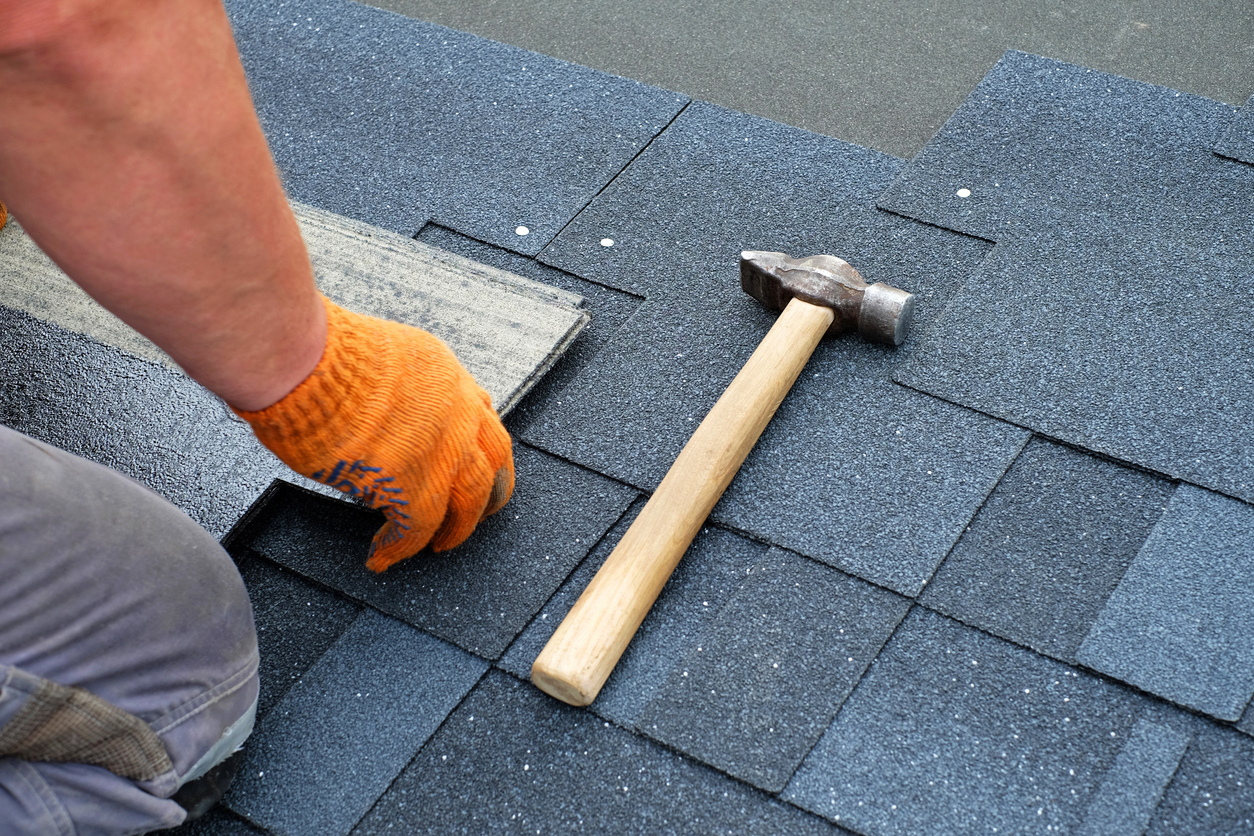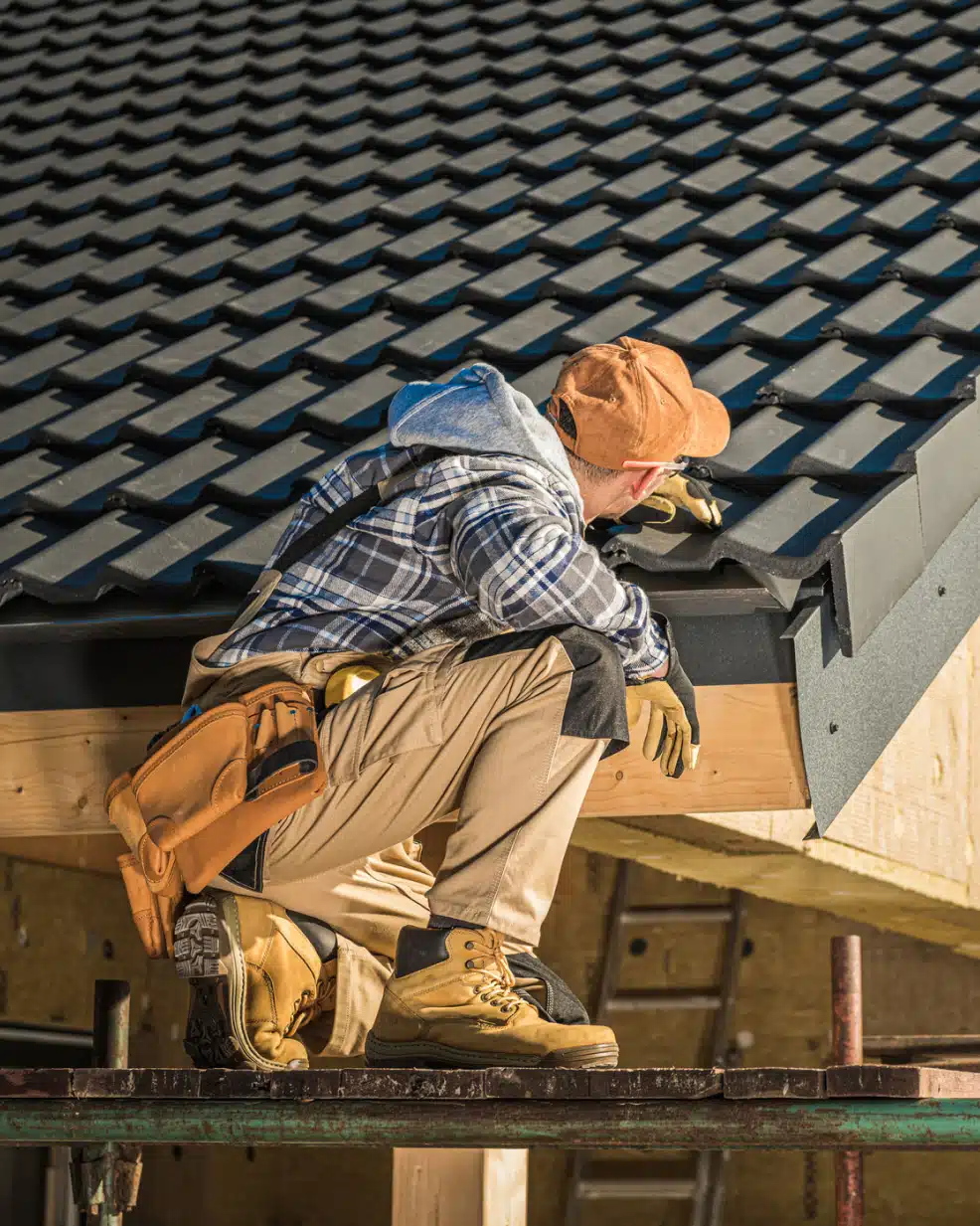What Are The Pros & Cons of the Different Roofing Materials
If you’re planning to install or replace a roof, it’s important you choose your roofing materials carefully. There are various types of materials available and each has distinct benefits but also some drawbacks.
Installing a new roof is a significant investment but is vital for the structural integrity of your property. If you choose correctly, you’ll have a roof that will protect your property effectively, enhance its appearance and last for many years.
Clay Tiles
These tiles are popular because they’re durable, resistant to fire, rot and insect damage, and have a long lifespan of up to 100 years. They look good, with a range of colours and styles, so are suitable for many property types. However, they are relatively expensive to install, are heavy, may need maintenance to prevent algae and moss growth and can crack if walked on.
Concrete Tiles
These are similar in appearance to clay tiles but are cheaper and easier to install. They’re very durable and resistant to rot, insects and fire. However, they have a shorter lifespan than clay tiles, typically fifty years, and can crack and become porous over time.
Slate
This is a very traditional roofing material made from natural stone. When installed correctly, it provides great resistance to harsh weather as well as fire and has an elegant appearance that’s particularly suitable for traditional building styles. It’s also one of the longest lasting materials and should not need replacing for one hundred years and more. Slate roofs can be expensive and require skilled installation with a labour-intensive process but the results are invariably worth it.
Asphalt
This type of roofing is popular due to its affordability, range of colours and styles, minimal maintenance requirements and fire resistance. However, asphalt roofs are less durable than other types, typically lasting up to twenty years, are made from petrol-based materials so they are not environmentally friendly and can be damaged by extreme weather.
Metal
These types are increasingly popular due to the range of styles, lack of maintenance needs, resistance to fire and weather, and durability, with a lifespan of over fifty years. They’re also very lightweight and energy efficient because they reflect sunlight and so have reduced heat gain in summer. But metal roofs can be noisy during storms and can be quite expensive and require skilled installation.
Rubber
Rubber roofs resist fire and weather, and can last up to fifty years. They’re lightweight and flexible with a range of colours and finishes but can be expensive and require skilled labour to install them properly.
Irrespective of the material used, the main weakness of a roof is often due to poor installation. So you not only need to choose your material carefully but must also employ a company that will install that material correctly.
At H Roofing Solutions, we’ll inspect your existing roof at no cost, advise on the most suitable materials to use and ensure your roof structure is sound and capable of supporting the chosen material. Then we’ll install it properly so you have a roof you can be proud of and rely on for many years.
Some of the areas we service across Central Scotland:

